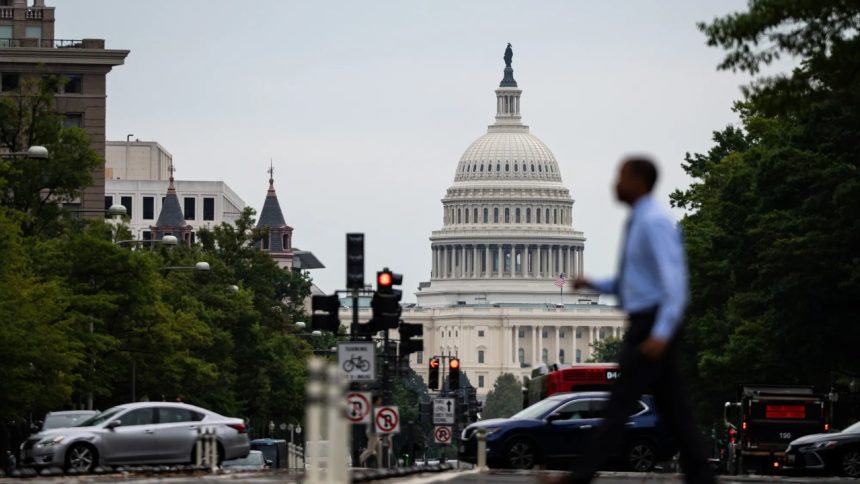The lights have officially gone out in much of the federal government. For the first time in nearly seven years, a bitter political stalemate in Congress has triggered a shutdown, sending hundreds of thousands of federal workers home and putting a wide range of public services on pause.
The critical deadline of October 1st has come and gone with no deal in place, and the big, uncomfortable question on everyone’s mind is: how long will this last? The frustratingly honest answer is that no one knows. The path to reopening the government is buried under a mountain of political posturing, and both sides are currently more interested in playing a high-stakes game of chicken than finding the keys to turn the power back on.
The immediate cause of the shutdown is a fundamental disagreement over what should be packed into a simple, short-term funding bill. Republicans, who control the House, passed a clean seven-week extension to keep the government open at current levels. However, Democrats in the Senate, where Republicans need their votes to pass anything, are refusing to go along without major concessions. Their primary demand is the extension of enhanced Affordable Care Act subsidies, which are set to expire at the end of the year.
Without action, millions of Americans could see their health insurance costs skyrocket, and Democrats are using their leverage to try and force a solution now. Republicans, meanwhile, insist that a government funding bill is not the place for this debate, arguing that the two issues should be handled separately. This core disagreement has created a political trench that neither side seems willing to cross first.
Government Shutdown: A Waiting Game with High Stakes
So, what happens now? The immediate strategy from Republican leaders is one of pure pressure. Senate Majority Leader John Thune has vowed to hold repeated votes on the exact same Republican-backed funding bill, day after day, in the hopes that enough Democratic senators will eventually crack under the strain and agree to reopen the government without any conditions. They only need five more Democrats to switch sides, and they’ve already seen a few break ranks, giving them a glimmer of hope.
On the other side of the aisle, Democratic leaders Chuck Schumer and Hakeem Jeffries say they are ready to negotiate but need a “credible partner,” a sentiment they openly doubt exists, given what they describe as President Trump’s “erratic and unhinged” behavior, including his recent posting of an AI-generated deepfake video targeting them.
— Donald J. Trump (@realDonaldTrump) September 30, 2025
Complicating the entire situation is the wild card of the Trump administration itself. Unlike past shutdowns, where the goal was simply to restart the government, the White House has introduced a radical new element. The Office of Management and Budget has directed federal agencies to consider permanent layoffs—known as Reduction in Force (RIF) notices—for employees in programs that are not administration priorities during the shutdown. President Trump himself has stated that if the government shuts down, “you have to do layoffs,” and even suggested that those laid off “are going to be Democrats.”
This threat of turning a temporary furlough into a permanent job loss escalates the risks of the shutdown exponentially and could harden Democratic resolve, making a quick compromise even less likely. The human impact of this political brinksmanship is immense. Millions of federal employees and military personnel are either furloughed without pay or forced to work without knowing when their next paycheck will arrive.
While they have historically received back pay, that is little comfort to families trying to pay October’s bills. From potential flight delays as TSA agents and air traffic controllers work unpaid to shuttered national parks and suspended scientific research, the ripple effects of the shutdown will touch the daily lives of Americans more and more the longer it drags on.
BREAKING: U.S. government shutdown begins pic.twitter.com/MtasKuBK4t
— BNO News (@BNONews) October 1, 2025
Predicting the end of this shutdown is like trying to predict the weather in a hurricane. It could end tomorrow if a handful of Democrats decide the public pain is too great, or it could stretch on for weeks if both sides remain entrenched. The longest shutdown in U.S. history lasted 35 days under President Trump, and the economic cost of that stalemate was estimated to be in the billions. Whether our current leaders will learn from that recent history or are doomed to repeat it is the multi-billion-dollar question hanging over a frozen Washington. For now, the government is closed, the politicians are talking, but no one is really listening.



